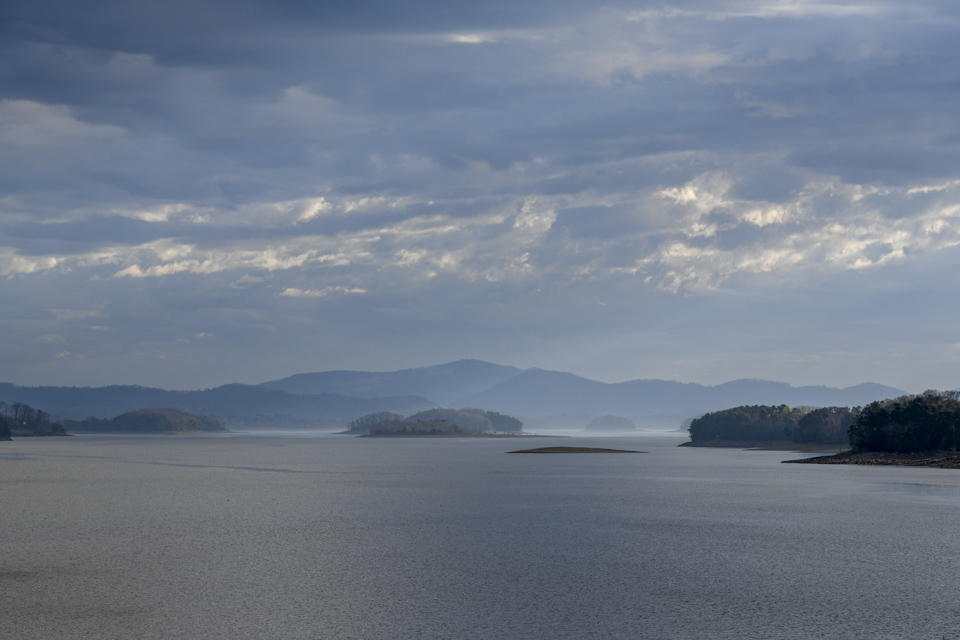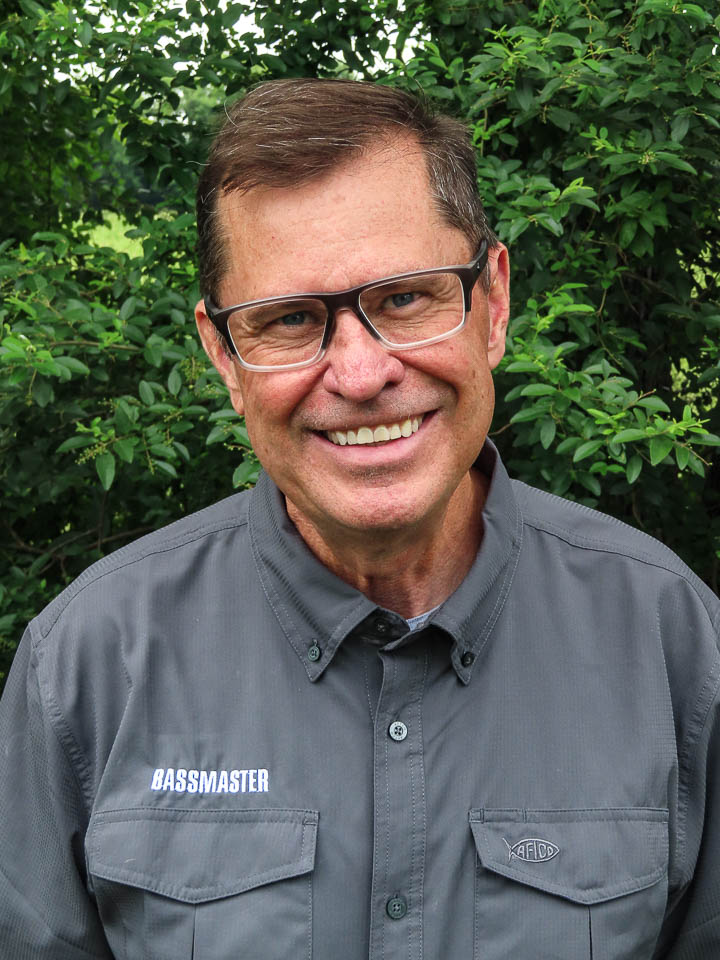
JEFFERSON COUNTY, Tenn. — Wind. Falling water. Largemouth and smallmouth spawning cycles in flux. Check off all those variables in play for the delayed start of the St. Croix Bassmaster Southern Open at Cherokee Lake.
Dangerously gusty winds postponed the tournament start until Friday, with the full field of pros and co-anglers competing in a two-day event concluding on Saturday. The decision was a wise one, with a recorded wind gust of 39 mph at a local airport, with sustained winds of 25 mph blowing all day across the lake. What the winds will do to the east Tennessee lake, besides adding turbidity to the shallow water areas (think largemouth) is unknown.
Water temperature is nearing ideal, thanks to consecutive days of daytime highs in the low 80s. On Wednesday, the final practice day, the average surface temperature was in the high 50s.
Just several weeks ago, the lake was 10 feet higher than current conditions, with unseasonably warm weather stimulating bass movement toward shallow water. That migration ended as a series of cold fronts tempered the mood of spawning bass, causing them to halt or pull back off the shorelines.
“They were set up to spawn, and then the water dropped about half foot a day for a couple of weeks,” said Hunter Sales, head coach of the Eagle Anglers team of Carson-Newman University. “It kept the fish from where they wanted to be.”
Carson-Newman is located in Jefferson City, and the team’s home lake is nearby Cherokee Lake. Sales, fishing all nine Open events, was among a unified voice of anglers predicting it will take a mixed bag of largemouth and smallmouth to win on Saturday.
“The largemouth bite is best upriver, those fish are highly pressured and the areas don’t reload, and there really aren’t enough of them to go around for a tournament this size,” he said. “The largemouth bite will be good on the first day, and that’s about it.”
Instead, more reliable is the lake’s abundant smallmouth population. The good news is there are plenty of smallmouth to be caught. The challenge, according to Sales, is pinning them down in a reliable pattern with only two days of competition. He described a strike zone of bait opportunities from offshore, as in Damiki rig territory, to a transition zone between 8 and 12 feet of water.
Bassmaster Elite Series pro Matt Robertson, who won a fall Open here in 2020, shared the same predictions as Sales.
“The smallmouth are scattered; some are shallow and more are deep,” said Robertson. “Anything from a Damiki rig to a swimbait in shallower water is in play.”
Overall, Robertson favored a strike zone of 10 to 25 feet of water as ideal. He planned to use swimbaits on the deep end, and bladed jigs on the shallow end of the strike zone.
Gerald Swindle, the sport’s grandaddy of junk fishing, also fell in line with the prevailing mood about the smallmouth being scattered.
“Last week, when the water temperature dropped to 50 degrees, the fish pulled off the bank, and got lethargic,” Swindle said. “They are 18 feet or more now but really want to come back in to spawn.”
Swindle said sight fishing for individual fish, using forward facing sonar and a Damiki rig, will be in play. That’s the traditional method for catching bass here during winter and into the prespawn, before they move shallow to spawn.
That’s not in Swindle’s playbook, with a skirted jig and soft plastic trailer more his style. His strike zone will be 8 to 15 feet of water, with the jig fished around isolated and obscure rock formations.
Joey Nania, a fan of junk fishing, plans to do just that to intercept bass on the move, with a twist. The Alabama pro planned to leverage what could be a shad spawn in the lower light conditions before the sun rises over the lake around 9 a.m.
“Winning it on just one pattern likely won’t happen,” Nania said. “It will take a mixed bag of tricks to catch a mixed bag of bass.
No pun intended. The net of the game to be played is there are just two days to get it done. How you play the variables, be open minded, and accept change on both days will be a must to stay in the game.





